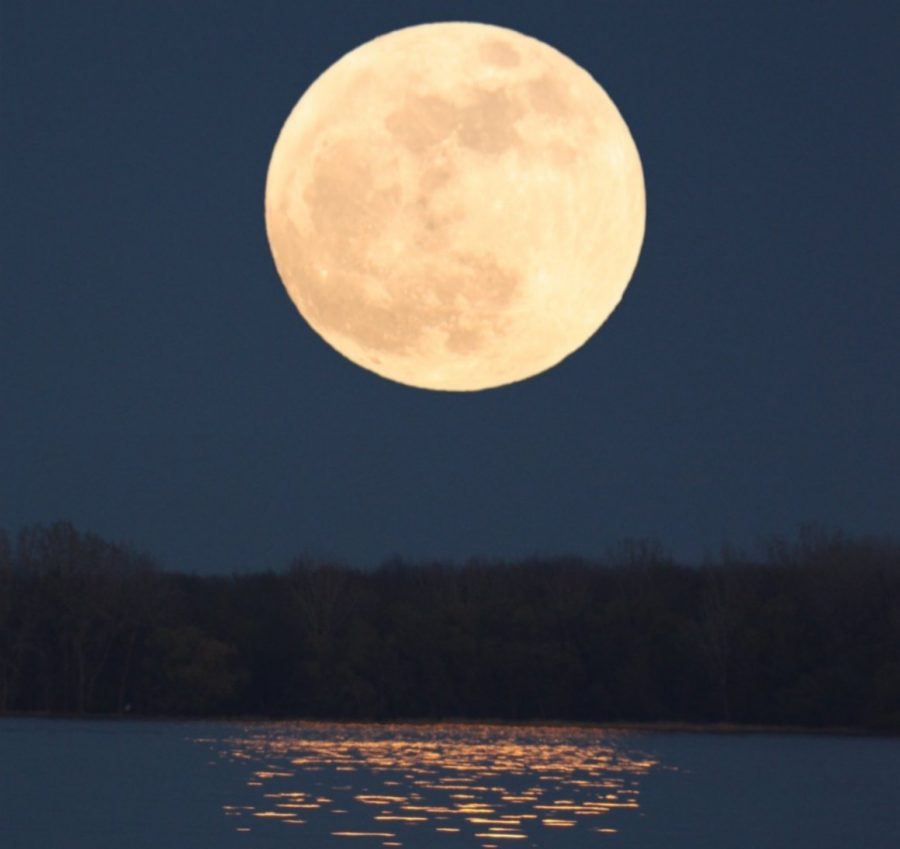Was The Supermoon Really That Super?
November 28, 2016
The moon is one fascinating rock, brightening the dark nights on earth and creating endless amount of questions about life beyond earth. The supermoon that took place on Monday, Nov. 14, was one of the closest full moons to Earth since 1948. There will not be another supermoon like this until 2034.
When the moon is full as it makes its closest pass to Earth it is known as a supermoon. At what is called the perigee which is closest point where the earth and the moon get together, the moon can be as much as fourteen percent closer to Earth. The opposite is called the apogee, when the moon is farthest from earth. The full moon appears that much bigger and shines thirty percent more moonlight onto the Earth.
The biggest and brightest moon for observers in the United States was on Monday morning just before dawn.
This was the second of three supermoons in a row, so if the weather kept you from watching this you still have another chance next month to see the supermoon on Dec. 14.
NASA has been spending years analyzing the moon’s different patterns in order to get a better understanding of how our moon and other planets in the solar system function.
A system called LRO, a NASA robotic spacecraft currently orbiting the Moon in an eccentric polar mapping orbit, has been mapping the moon’s surface and capturing images. With the mapping of the moon helps scientists to get a better understanding our planet’s history.
